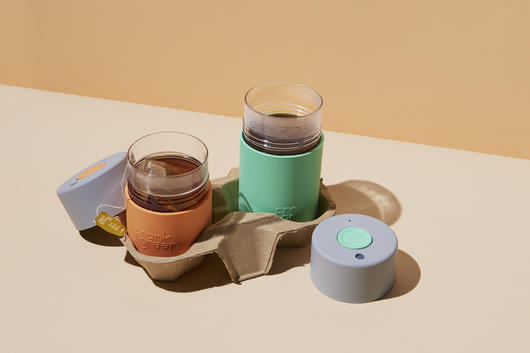How To Build A Sustainable Wardrobe – The Closet Review
sustainable fashion at its best
Nikita Oliver Metcalfe
Part 2 of How To Build A Sustainable wardrobe.
Now that you have you’ve completed your wardrobe review and grouped your clothing into various piles it’s important to take responsible action when it comes to how you treat each group.
Follow these guidelines to ensure you get the most out of what you have, even if it’s life in your wardrobe has come to an end!
Image via Song of Style
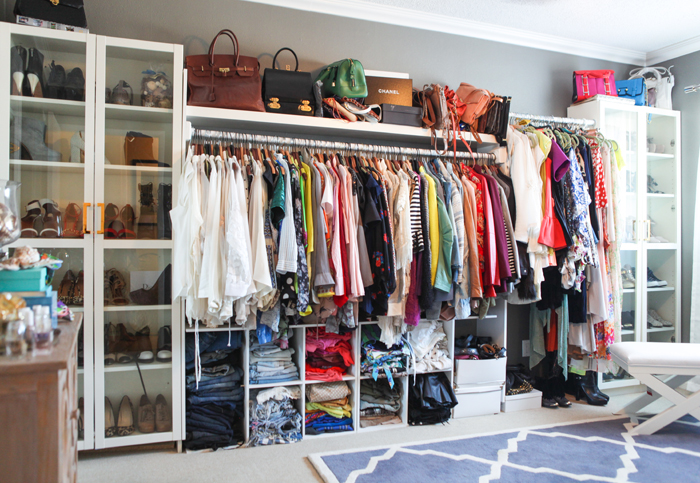
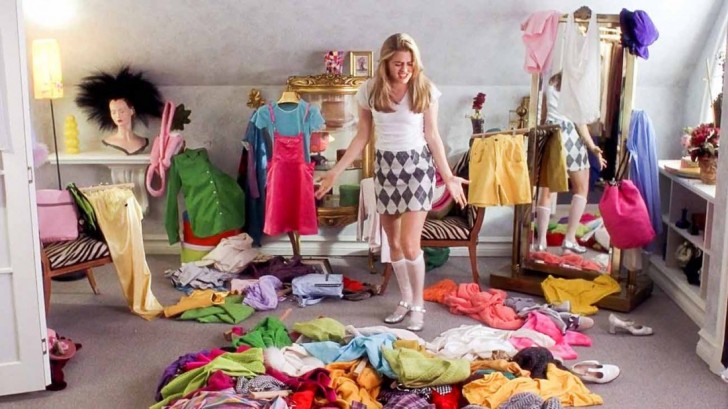
Image via Coveteur
The No Pile
Most importantly when tackling the no pile is not to use the rubbish bin. Of course there are exceptions to this rule, items that are too well worn or used undergarments. Just remember, fabric is mostly not biodegradable so do the best you can to avoid simply throwing out unwanted garments.
Instead consider these options depending on the condition and quality of each piece:
- Use as a rag for household cleaning
- Donate to a charity
- Sell to a used clothing store
- Sell through online outlets or second hand market events
- Host a clothing swap with friends
All are much more rewarding and positive outcomes for you and the planet. Who doesn’t want that feel good factor, the chance to make some extra cash or the opportunity to have fun with friends…plus a curated wardrobe!
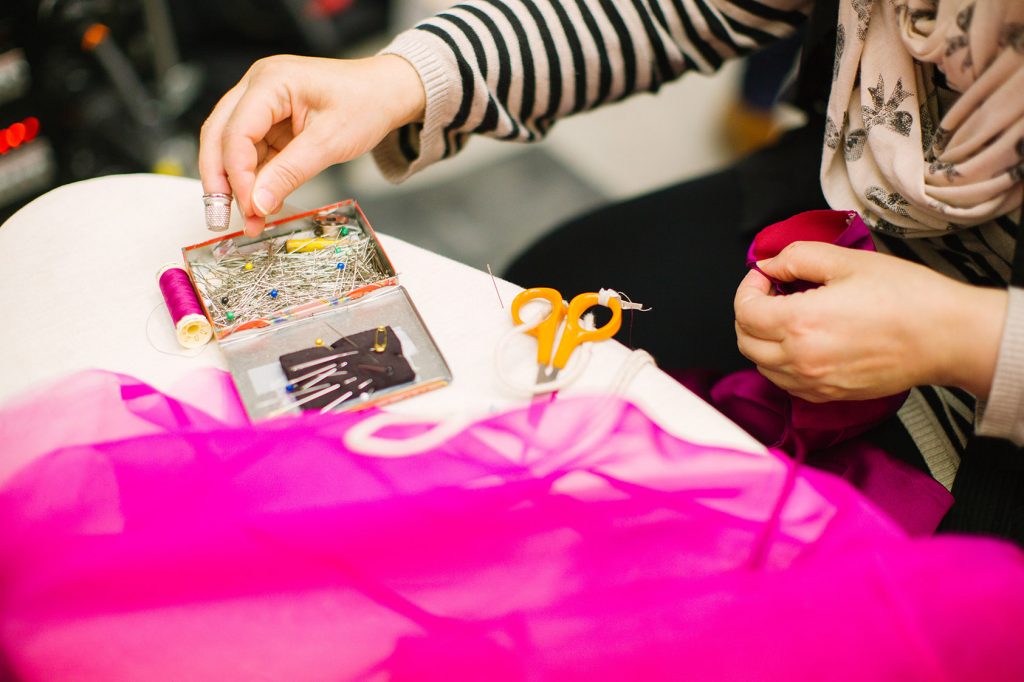
Image via Unsplash
The Alterations Pile
Breathing new life into pieces that may not perfectly fit into your wardrobe can be easier than you think. Given a little care and some minor changes, a shorter hem, more fitted silhouette, new buttons or a new colour can mean an unwanted piece is loved again.
Think about how an item could be changed to make it more flattering to your silhouette. If it’s not the fit that’s bothering you consider how the style could be updated. With a bit of effort and creativity you might find you have more options in your wardrobe than you originally thought.
Seek out your local tailor who will be able to help you understand what alterations can be made, and use their expertise to ensure you get the desired outcome. For simple alterations you might want to brush up on those sewing skills and get to work yourself!
Remember, think outside the box, yes it may be easier to simply move an item to the no pile, but there is no point doing this if a similar piece ends up on your shopping list in future.
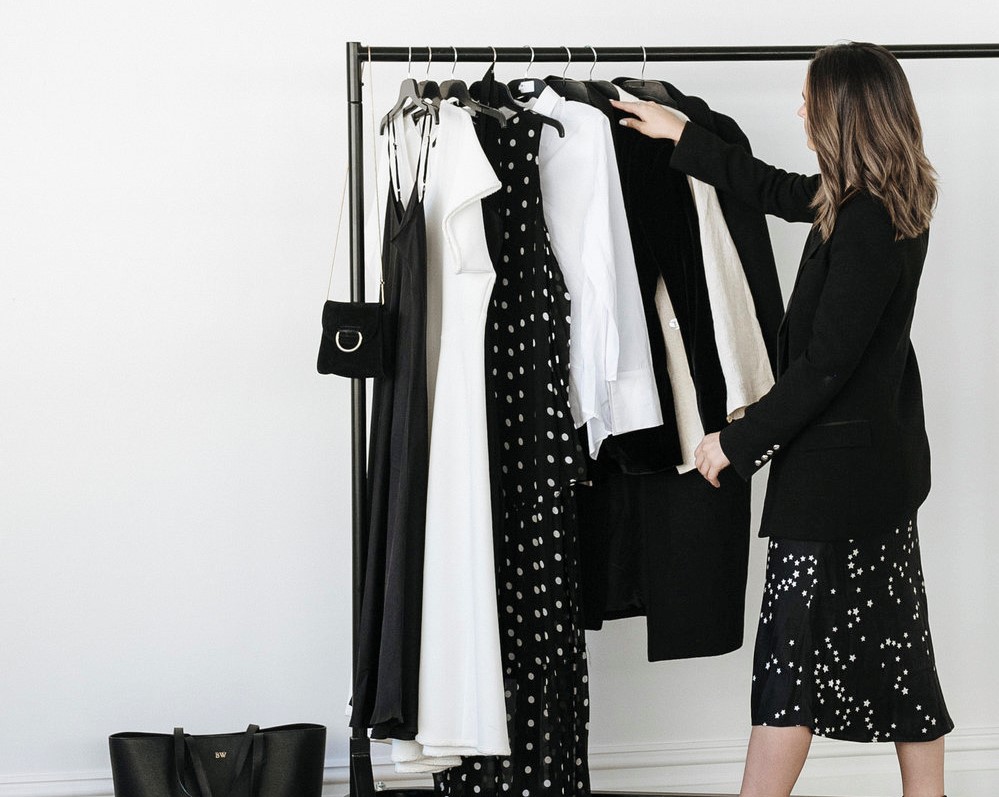
Image via An Organised Life
The Yes Pile
Now that you’ve curated your wardrobe to only the pieces you love and enjoy wearing it’s a good idea to do a little outfit creating. Look at each item and figure out how many different ways you could wear it. Think about these things to make the most of your wardrobe:
- What lifestyle activities does this piece work for?
- Can I layer another piece on top of or underneath this one?
- What colour combinations work well with this piece?
- How can I use accessories to change the look of this piece?
- Is it possible to tuck, knot or layer this piece to give it a different feel?
You may want to document your outfit combinations and keep a folder of images on your phone for future reference. This process will also likely highlight the items missing from your wardrobe or that need replacing after your review. Note these down on your shopping list so you have a clear idea of what you’re looking for on your next shopping trip.
Having an organised wardrobe with everything visible and easy to find is key to your ongoing relationship with getting dressed. Arrange your wardrobe in a way that makes sense to you depending on how you put outfits together. Your wardrobe could be arranged by garment type, colour group or even by outfit combinations. I find organising by garment type, and within each garment type by colour, an easy to navigate approach. Whichever way suits you it will be key to combatting those I have nothing to wear days.
Ensure each item is hung correctly on it’s hanger or folded neatly and invest in wooden hangers for items that need it like dresses and heavy jackets. Make sure you can easily view and access all of your shoes and accessories as well, these are key to finishing an outfit…and most importantly have a full length mirror available!
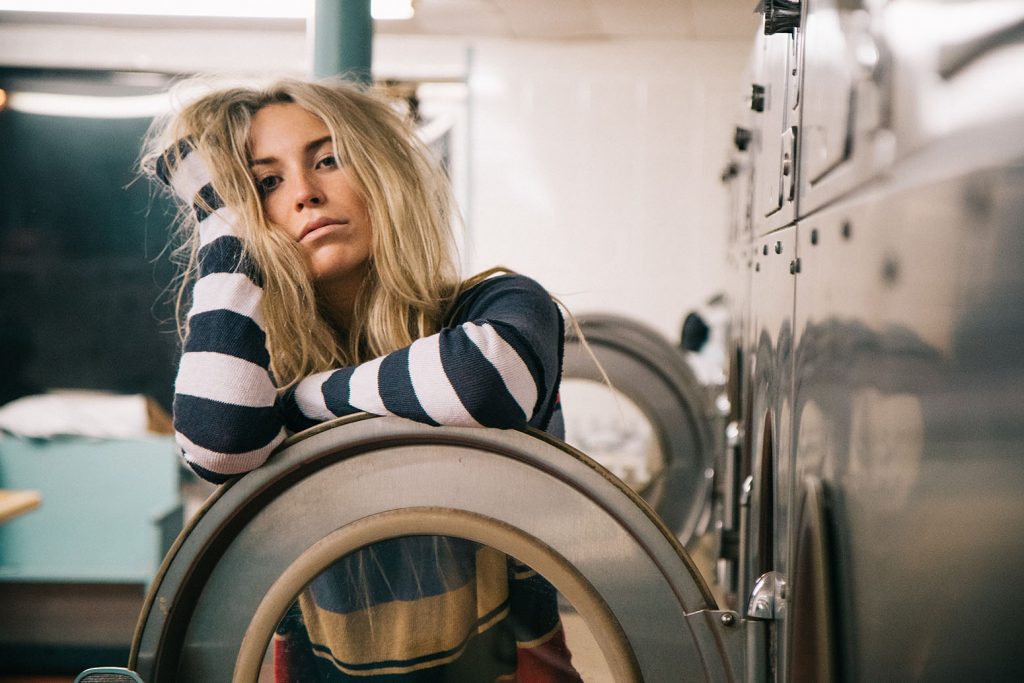
Image via Unsplash
Ongoing Care
Taking care of your clothing can result in so many extra wears out of each item, and clothing that is loved should be treated as such. Clothing and accessories should be considered important purchases no matter what amount we choose to spend per piece, they are definitely not disposable.
Although it can sometimes be easier to throw things in the laundry basket, you should only wash your clothing when it needs it.
With each wash the life of your clothing is slightly reduced, colours fade, stitching weakens. Follow care instructions, they are there for a reason, and use the delicate cycle as often as possible which will also reduce the need to iron certain pieces! Dry cleaning is also damaging to the life of your clothes so for your special pieces dry clean only when needed.
Repair any wear and tear to your clothing and undergarments straight away to avoid damage worsening. Get handy with that needle and thread, we should all know how to hand stitch a hole and sew on a button! Have a fabric pill remover brush on hand to save your sweaters and always ensure deodorants, perfumes and lotions are dry before getting dressed.
Care for your footwear is also of high importance as shoes see the most wear and tear and often require the biggest investment, so it’s worth looking after them. Protect your leather before wear with waterproofer and use a spot cleaner or suede brush for ongoing care. Find your local cobbler to ensure you get shoes re-heeled as soon as required and have TOPY soles applied to any leather soled shoes or footwear that is susceptible to greater damage like boots.
Finally, enjoy your new and improved, organised and full of pieces you love, wardrobe!
